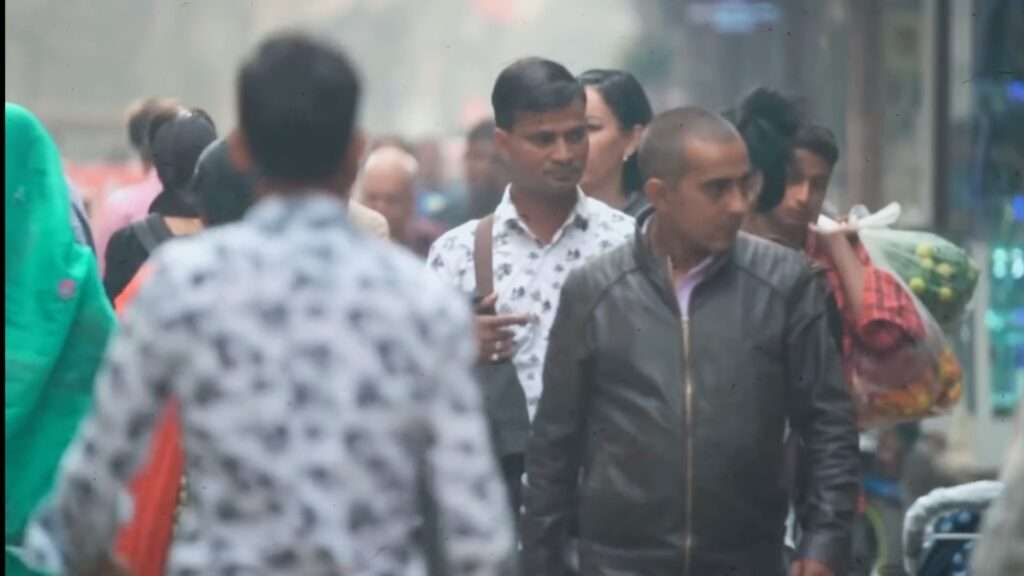New Delhi, February 1, 2024 – The specter of air pollution continues to haunt India, gripping the nation in a crisis that transcends geographical boundaries and impacts every facet of life. With its adverse effects on health, environment, and economy, air pollution has emerged as a pressing challenge demanding urgent attention.

Health Implications: The health consequences of air pollution in India are dire, with millions of citizens exposed to hazardous levels of pollutants on a daily basis. Respiratory illnesses, cardiovascular diseases, and even premature deaths have become alarmingly common. According to the World Health Organization (WHO), India is home to 22 of the world’s 30 most polluted cities, highlighting the severity of the situation.
Environmental Degradation: Air pollution not only poses a threat to human health but also wreaks havoc on the environment. High levels of pollutants, including particulate matter (PM2.5 and PM10), nitrogen dioxide (NO2), sulfur dioxide (SO2), and ozone (O3), contribute to smog formation, acid rain, and depletion of the ozone layer. Furthermore, pollutants released into the atmosphere accelerate climate change, exacerbating extreme weather events and disrupting ecosystems.
Economic Toll: The economic impact of air pollution in India is staggering, with substantial losses incurred across various sectors. Productivity losses due to illness and absenteeism, healthcare expenditures, and damage to infrastructure contribute to a significant economic burden. Moreover, air pollution tarnishes India’s image as an investment destination and hampers tourism, further denting the economy.
Government Response: Recognizing the gravity of the situation, the Indian government has undertaken several initiatives to combat air pollution. Measures such as the National Clean Air Program (NCAP), implementation of stricter emission norms for vehicles and industries, promotion of renewable energy sources, and adoption of cleaner technologies aim to mitigate the crisis. However, effective enforcement and monitoring remain critical challenges in translating policies into tangible outcomes.
Public Awareness and Participation: Addressing air pollution requires a collective effort involving government, industry, civil society, and individual citizens. Increasing public awareness about the causes and consequences of air pollution, promoting sustainable practices such as renewable energy adoption and waste management, and advocating for policy reforms are essential steps toward a cleaner and healthier future.
Conclusion: As India grapples with the daunting challenge of air pollution, concerted action is imperative to safeguard the health of its citizens, protect the environment, and sustain economic growth. With collaborative efforts and unwavering commitment, India can overcome this crisis and pave the way for a cleaner, greener, and brighter future.
This article serves as a wake-up call to the urgent need for action against air pollution in India, emphasizing the interconnectedness of health, environment, and economy in addressing this pressing issue.

